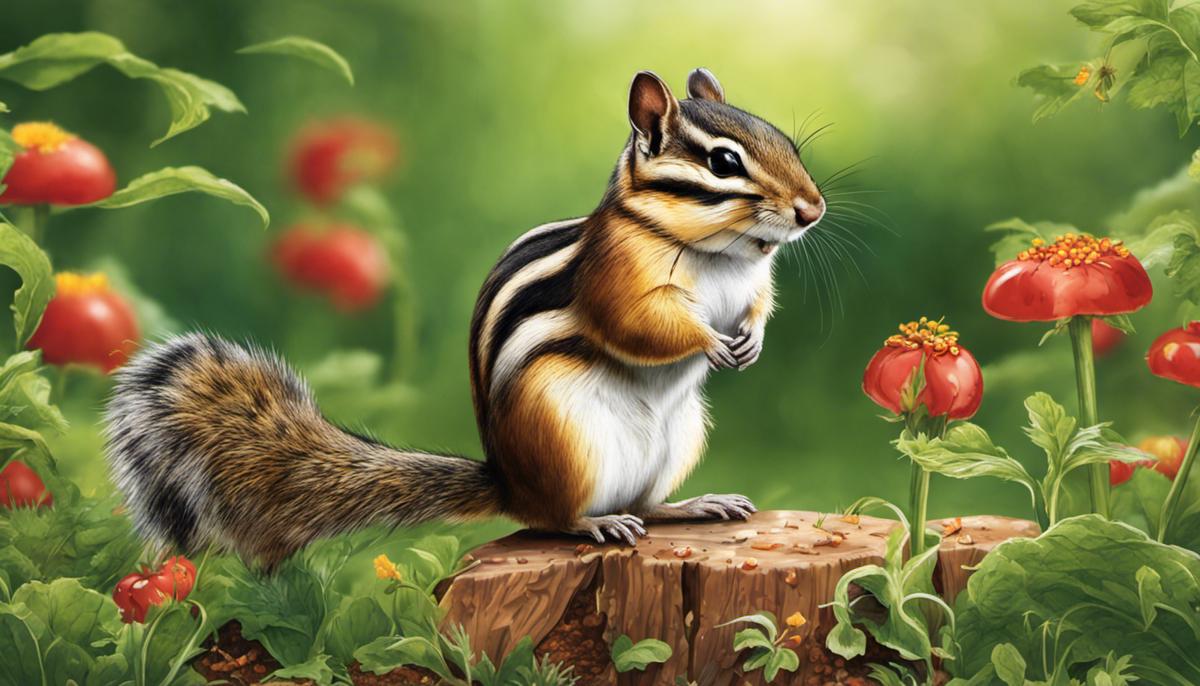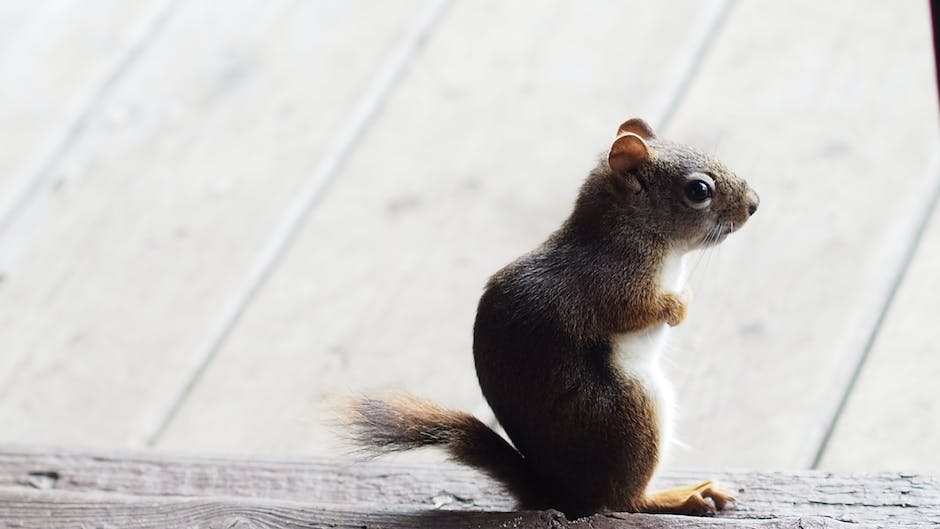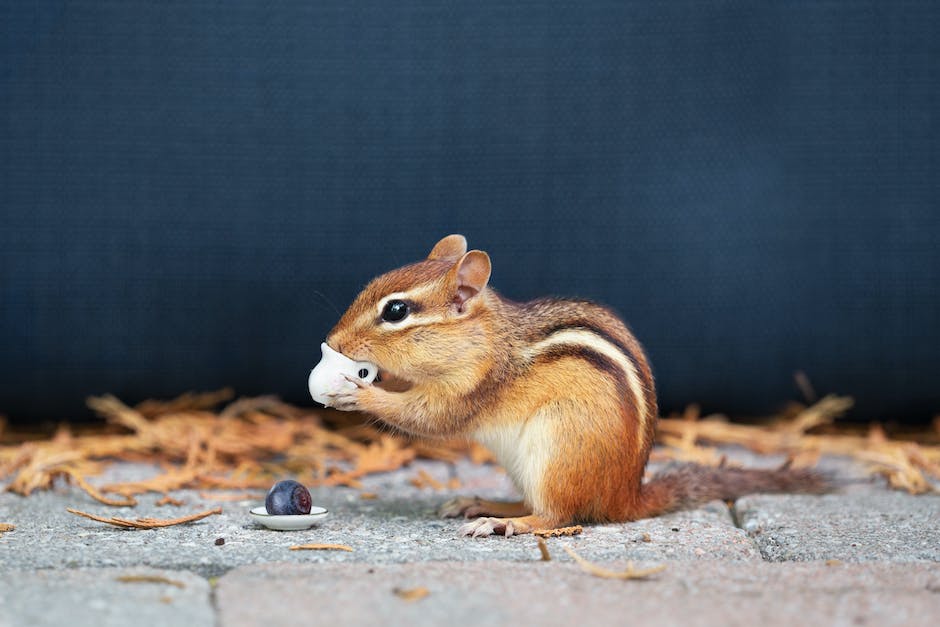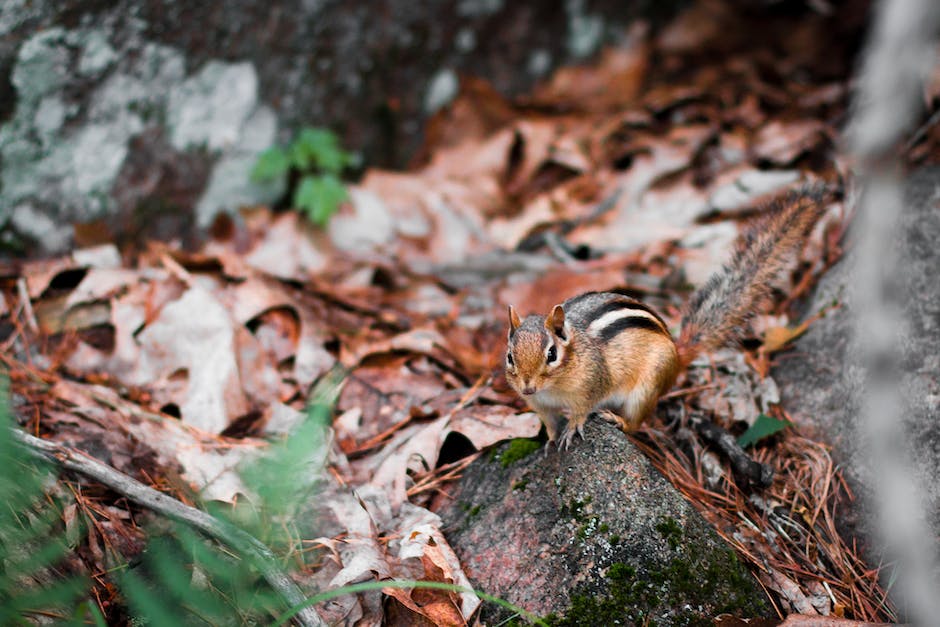Chipmunks Out! A Guide to Protecting Your Garden

The verdant charm of a blooming garden can transform any space into a sanctuary of serenity. However, the joy of gardening can sometimes be interrupted by the furtive intrusions of chipmunks. These agile and resourceful creatures may appear harmless, but they can wreak havoc in your garden, digging burrows and feasting on bulbs, seeds, and young plants. To safeguard your garden from their mischief, it is essential to understand the behavior of chipmunks, adopt various preventive measures and repellents, and learn about the choice of plants that can discourage them from turning your garden into a preferred haunt.
Understanding Chipmunk Behavior
The Invincible Invaders: How and Why Chipmunks Turn Gardens into Their Playgrounds
Excitement often brims through gardeners the moment those first vibrant blossoms push their way into the sunlight. This excitement, however, may be tragically dashed when the beloved garden becomes an unexpected playing field for nature’s tiny bulldozers – the chipmunks. Understanding their behavior can play a crucial part in maintaining a healthy garden.
To grapple fully with the nuances of chipmunks’ garden-encroaching behaviors, it is first vital to understand that they are primarily ground-dwelling creatures with excellent burrowing skills. An admirable architecture feat no doubt, but fuss-free for a chipmunk looking for a cozy underground abode. It’s these unobstructed excavations in your garden soil that lead to the jeopardization of root systems, causing significant damage to your plantings.
A convoluted network of tunnels is dandy and safe from elements or predators, but why a garden? First and foremost, proximity to a food source is everything for these wee critters. Their diet is impressively versatile and includes not just nuts and seeds but also fruits, vegetables, and plant bulbs. Therefore, a luxuriant garden is nothing short of an all-you-can-eat buffet for a chipmunk, easily tipping the scales in favor of a garden invasion.
Understanding their active periods is another crucial element in the chipmunk-garden relationship. Chipmunks are what one might call “crepuscular,” meaning their prime times are during the early morning and late afternoon. This strategic activity pattern allows them to forage and feed without becoming fodder themselves for diurnal and nocturnal predators. Hence, a good time to be on the chipmunk watch!
Competition for territory is another common reason for a chipmunk to gatecrash gardens and turn them into mini colonies. With both males and females being territorial, gardens are often collateral damage in their skirmishes for a better breeding ground or ensuring a secure perimeter for rearing their pups.
In sum, whether it is shelter, sustenance or satisfying natural instincts, factors leading chipmunks to invade gardens are diverse and intertwined. Recognizing these typical behaviors and responding proactively helps attune your gardening practices, enabling an equilibrium where both you and these sprightly creatures can enjoy your spaces. So, as you tend your garden and spot these tiny scurrying figures, remember they too are just hustling in the grand scheme of life, much like all of us. Enjoy your gardening experience, embrace the challenges, and celebrate the balance of nature.

Preventative Measures and Repellents
What many gardening aficionados might not realize immediately is the broad variety of options available for defending their cherished green spaces from those mischievous garden invaders – chipmunks! And it is not only about battling these burrowing bandits, but also about creating a welcoming environment that deters these chipmunks from seeing our gardens as inviting dining spots.
An ideal starting step in this chipmunk-proofing journey is to declutter the garden. Chipmunks are notorious lovers of cozy, hidden spots for their homes. Therefore, removing piles of wood, rocks, or debris that might provide these creatures with suitable hideouts can be a significant deterrent.
Next, a border patrol might be in order. Chipmunks are naturally apprehensive about open spaces, where they are visible to predators. A clear boundary – such as a gravel or rock border around the garden – discourages them from darting across onto the green oasis. This border, preferably two feet wide and a few inches deep, will make the garden less appealing to these critters.
While setting up exclusionary measures, don’t overlook the appeal of a sturdy fence! Fencing below and above ground level can form a physical barrier to keep chipmunks at bay. A wire mesh fence with a quarter-inch hardware cloth can cover all bases; buried at least a foot underground to prevent burrowing and extending a few feet above ground to keep them from climbing over.
In addition, incorporating plants that chipmunks find unpalatable in the garden landscape can act as an all-natural deterrent. For example, plants like daffodils, alliums, and fritillarias are virtually chipmunk-proof, as they dislike the taste. Not to mention, these plants add a touch of aesthetic charm to the garden!
Moreover, it’s helpful to look into repellents as an effective measure. Consider using natural chipmunk deterrents such as garlic spray, hot pepper flakes, or predator urine like fox urine granules around the garden perimeter. While they won’t harm the chipmunks, their strong odors will certainly make them think twice before snacking on your beloved plants.
Lastly, consider installing a series of owl boxes around your garden. Owls are natural predators of chipmunks and their presence might just make the chipmunks think twice before setting foot in your garden. You’re essentially inviting an ally into your territory—the fearless owl!
It boils down to the understanding that chipmunks, thriving as they are, are a part of our shared ecosystem. The most effective means to protect our gardens lies not in eliminating these creatures, but in encouraging coexistence by making our green spaces less inviting to them. After all, life in the garden becomes beautifully harmonious when one learns the art of successful gardening with wildlife.

Plant Selection
The joy of gardening truly lies in the harmony achieved between the gardener and wildlife, like our intended co-residents, the humble chipmunks! These charismatic creatures, despite their therapeutic twitch and abounding energy, can also cause significant nuisance in the garden, chomping on tender foliage or uprooting treasured blooms. However, into every gardener’s life some chipmunks must fall. But fret not! The gardening community has devised a haughty hack for this. Enter the realm of the chipmunk-resistant plants, Your armor against these gnawing nemesis.
By choosing plants that chipmunks typically avoid, gardeners can significantly decrease the appeal of their green spaces to these creatures, while maintaining the aesthetic appeal of their yard. One of these indispensable, chipmunk-unfriendly guardians is Daffodils. With their vibrant hues and inviting appearance, daffodils might appear hospitable, but they harbor a secret weapon. Their bulbs contain lycorine, highly toxic to most rodents, acting as a powerful deterrent for these burrowing bandits.
Another reliable plant is the Allium family, also known as the ornamental onion. Similar to the daffodil, alliums are poisonous to chipmunks. They sport towering, striking flower heads that not only beautify your garden but also keep chipmunks away.
Another notable species is the Monkshood, bearing towering purple flowers. Largely ornamental, chipmunks commonly steer clear of these owing to their bitter taste. Warning though! They are highly deadly to humans too if ingested, so handle them with caution.
Another chipmunk-resistant plant is Lavender. Its inherent smell being quite unpalatable to many rodents, furry invaders usually give these aromatic plants a wide berth. Moreover, their vibrant purple blooms add an enchanting allure to any garden scape. Similarly, mint plants, with their sharp fragrance, are chipmunk repellents, whilst being a kitchen gardener’s delight.
Thorny and bumpy plants are a chipmunk’s nightmare. Not only do they make it difficult for these critters to traverse across the garden, their seeds or fruits remain safeguarded by the prickle-guard. Plants like roses, raspberries, and blackberries play dual roles of being the eye and nose candy while ensuring chipmunks lend your garden a pass.
While incorporating these chipmunk-resistant plants in your garden can significantly bring down the duress caused by these nimble fellas, it’s also important to note that peaceful coexistence is an achievable ideal to strive for. With due diligence and careful gardening practices, it is indeed possible to maintain a garden that both, we and the chipmunks can enjoy! Let the gardening games begin!

By employing these strategies, a balance can be achieved where chipmunks and garden lovers coexist harmoniously. However, it is essential to remember that every garden, every chipmunk, and every situation is unique. The use of repellents, physical barriers, and plant selection may need to be adapted as per individual requirements and effectiveness. While chipmunks are a part of our ecosystem and deserve respect, they also need to be guided away from spaces that they could potentially harm. Hence, understanding their behavior, implementing deterrents, and making smart plant choices will help you protect your garden, ensuring its beauty and productivity remain unscathed.



